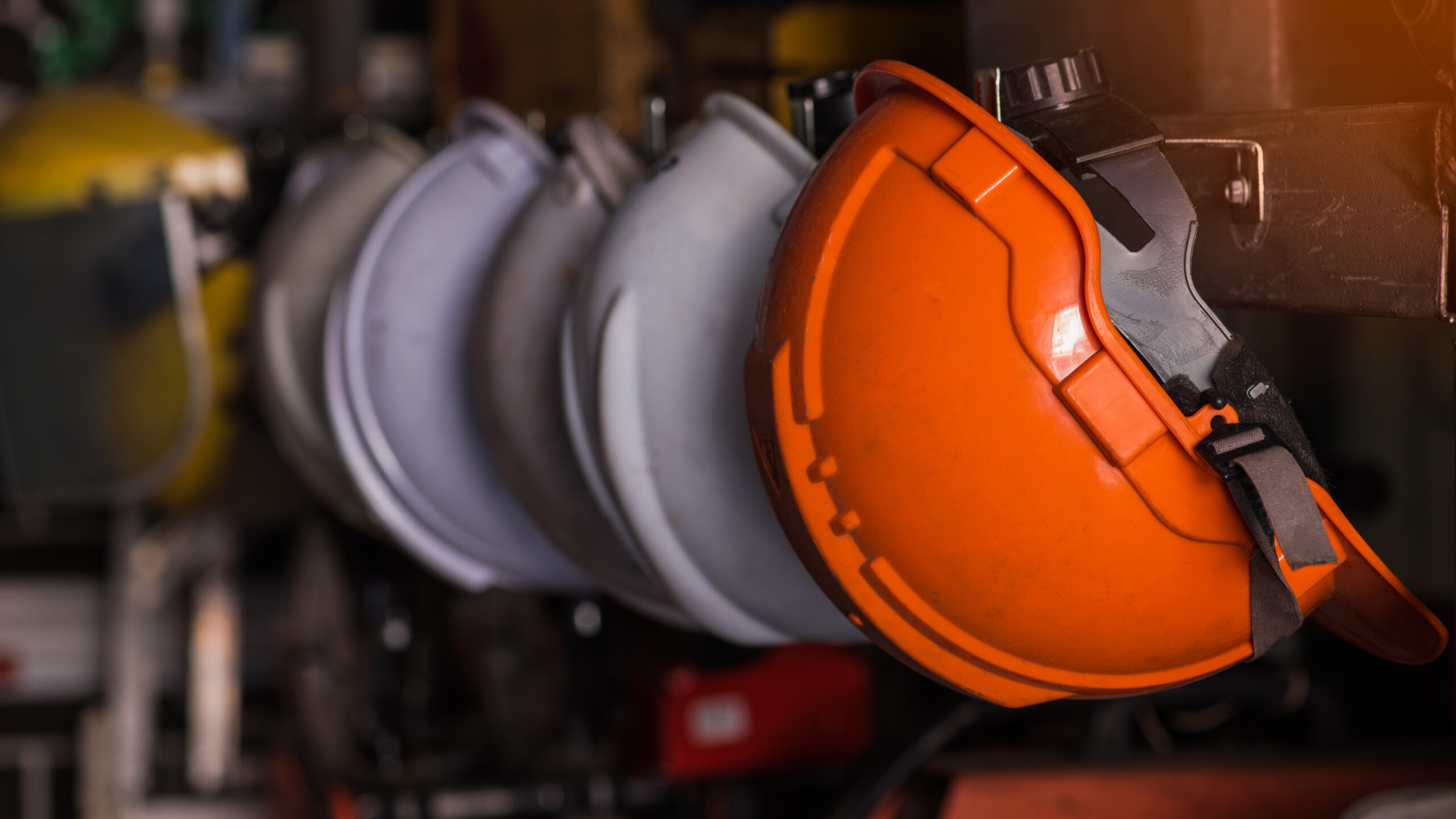Safety is everyone’s responsibility. How confident are you that every one of your employees would feel comfortable speaking up if they see a safety concern? Do they know what Stop Work Authority (SWA) is and who has such authority?
Let’s take a look at what SWA is and the six-step Stop Work Authority process.
What Is SWA?
SWA programs give employees the responsibility and obligation to stop working if they believe there is unsafe behavior or a concerning condition in the workplace. From there, employees must stop related work processes until the hazard has been corrected.
All employees within an organization have SWA. For SWA to be successful, employees should feel comfortable and empowered to call out unsafe work conditions or hazardous behaviors of coworkers, vendors or anyone else on the job. For SWA to be successful, full participation is required.
A strong safety culture is vital for employees to feel comfortable speaking up. Employees must understand they will not be punished or suffer retaliation for reporting unsafe work conditions. Anyone can question the safety of another person’s actions in the workplace, regardless of seniority or discipline. Supervisors also play a crucial role by expressing their support of the SWA program, taking all safety concerns seriously and willingness to address any issues brought to their attention.
You can help employees become familiar and comfortable with the SWA process by training them to recognize unsafe work behavior and conditions, including:
- Violations of OSHA safety standards or organizational safety policies
- Inadequate or lack of training, including the need for remedial and ongoing instruction
- Inadequate, damaged or improperly used equipment
- Fire hazards
- Fall hazards
- Near-miss incidents
What Is the Procedure for SWA?
Now that we’ve discussed some of the unsafe conditions that may trigger the SWA program, we can break down the procedural steps involved.
SWA programs typically follow this six-step process:
- Stop the unsafe work. First, the employee(s) who recognized the unsafe conditions or behaviors must initiate a stop-work intervention with anyone who could potentially be at risk. Affected employees should stop working and call attention to the perceived safety hazard, leading us to Step Two.
- Notify a supervisor. A supervisor should be informed of the stop-work intervention.
- Investigate the issue. The employee(s) who initiated the stop-work, any affected employees and the supervisor should discuss the condition or behavior in question and come to an agreement on whether it is safe or unsafe.
- Fix the problem. If the condition or behavior is deemed unsafe, the problem must be fixed and the corrections documented.
- Resume work. Once the problem has been fixed, all affected employees, contractors and supervisors are briefed on why a stop-work intervention occurred and what corrective actions or modifications were made. From there, work operations resume.
- Conduct follow-ups. After the problem has been resolved and work resumes, management reviews all stop-work documentation to identify any need for further investigation or follow-up. The SWA incident is distributed to all employees, detailing corrective actions taken and lessons learned.
An SWA program is intended to keep your company’s working environment safe and has the power to prevent preventable accidents. If there are any questions or concerns about stop-work authority procedures, I encourage you to reach out to me or talk with an advisor at The Miller Group.

